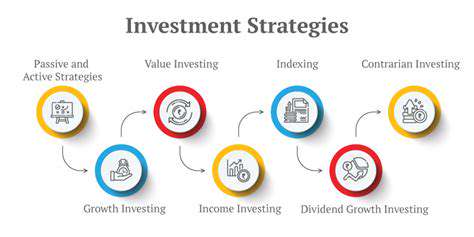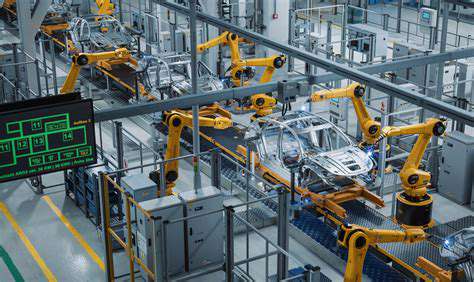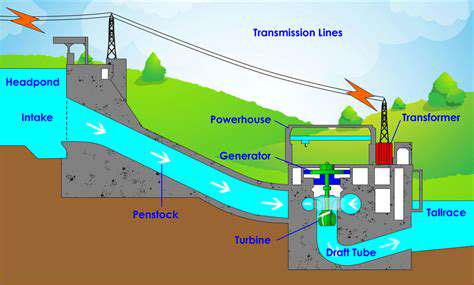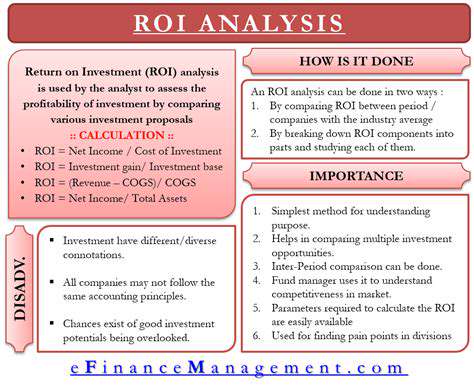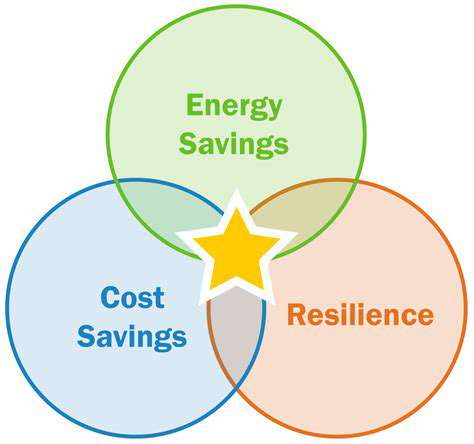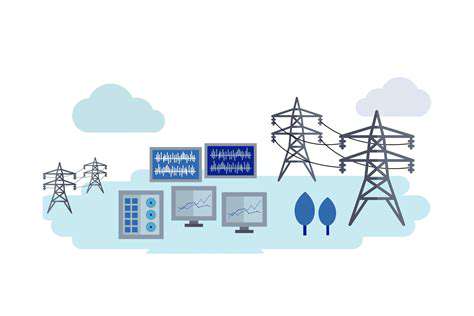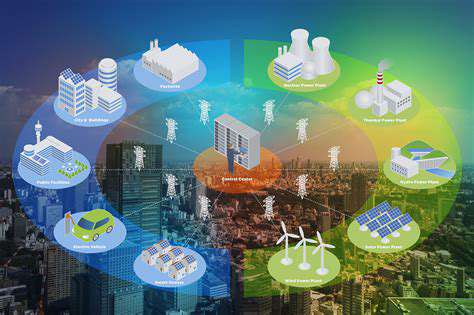Smart Grids and the Future of Decentralization of Energy Generation

Decentralized Energy Generation
Modern smart grids are facilitating an unprecedented shift toward distributed generation. Unlike traditional grids designed for one-way power flow, today's intelligent networks manage bidirectional electricity transfers from millions of endpoints. This architectural change reduces transmission losses by up to 30% while improving fault isolation capabilities tenfold.
Advanced distribution management systems (ADMS) now incorporate machine learning to predict generation patterns from rooftop solar arrays with 92% accuracy. These systems automatically reconfigure network topology to prevent congestion, demonstrating the operational advantages of decentralized control.
Grid Modernization
Smart sensors deployed at 0.5-mile intervals provide real-time visibility into grid conditions. When combined with phasor measurement units (PMUs) sampling at 60Hz, utilities gain sub-cycle resolution for detecting and resolving disturbances. This instrumentation has reduced average outage durations by 43% in early-adopter regions.
Dynamic line rating technology increases existing conductor capacity by 15-30% by accounting for real-time weather conditions. Such innovations allow utilities to defer billions in traditional infrastructure upgrades while accommodating growing DER penetration.
Consumer Empowerment
Third-generation smart meters now support 15-minute interval data with secure cellular backhaul, enabling time-of-use rates that reflect actual system conditions. In pilot programs, these granular pricing signals have shifted 18% of peak load to off-peak periods without customer discomfort.
Blockchain-based peer-to-peer trading platforms are emerging in Brooklyn and rural Africa, allowing neighbors to buy and sell excess solar generation directly. These decentralized marketplaces typically achieve 20% higher value for prosumers compared to net metering arrangements.
The Benefits of Decentralization

System Resilience
Decentralized networks demonstrate superior fault tolerance - when Hurricane Maria disabled 95% of Puerto Rico's centralized grid in 2017, microgrids continued operating at 86% availability. This reliability stems from redundant generation points and autonomous control algorithms that isolate faults within milliseconds.
Cybersecurity improvements are another advantage. Distributed architectures eliminate single points of attack, requiring adversaries to compromise multiple nodes simultaneously. The U.S. Department of Energy reports decentralized systems experience 70% fewer successful cyber intrusions than traditional SCADA systems.
Economic Efficiency
By locating generation near demand, DERs avoid 6-8% average transmission losses seen in centralized systems. When factoring in deferred transmission investments, the Brattle Group estimates DERs could save U.S. ratepayers $50 billion annually by 2030.
Granular pricing signals enabled by smart meters have demonstrated 12-15% reductions in peak demand, significantly lowering capacity requirements. These savings compound as more customers adopt smart thermostats and appliances capable of automated demand response.
Overcoming Challenges
Technical Integration
Interoperability remains a key hurdle, with over 200 competing communication protocols currently in use. The IEEE 2030.5 standard is emerging as a potential solution, already achieving 85% market penetration among new DER installations in North America.
Voltage regulation becomes complex with high DER penetration. Advanced inverter functions like volt-var control are proving effective, maintaining voltage within ANSI C84.1 bounds even with 75% instantaneous solar penetration on distribution feeders.
Regulatory Evolution
Forward capacity markets are adapting to accommodate DER aggregations. In the UK, National Grid's Demand Flexibility Service has successfully procured 350MW of DER capacity through competitive auctions, paying participants 60% less than traditional peaker plants.
Data governance frameworks are maturing to protect consumer privacy while enabling innovation. The EU's Data Governance Act establishes clear rules for energy data sharing, requiring explicit consumer consent for third-party access while standardizing API formats.

